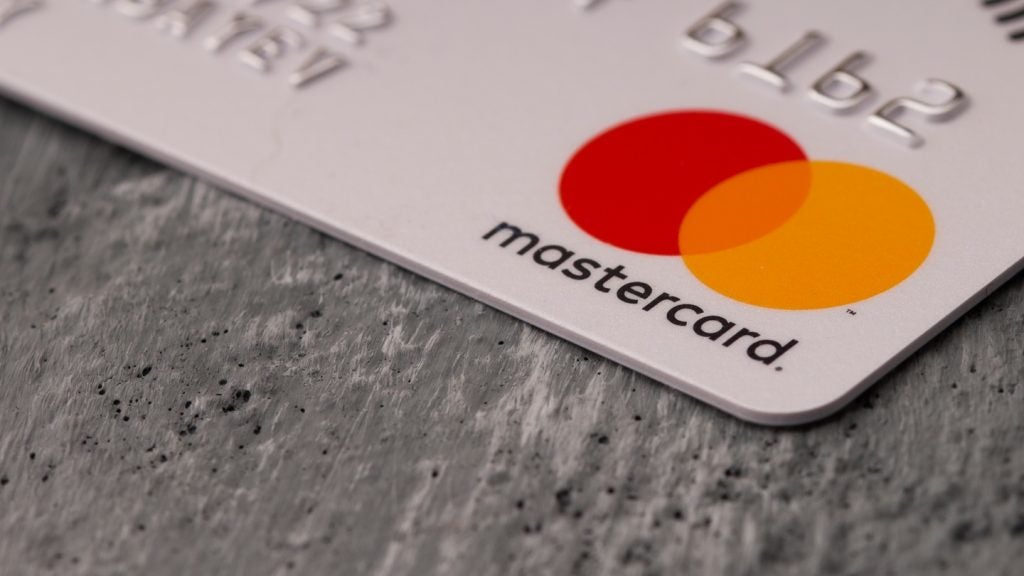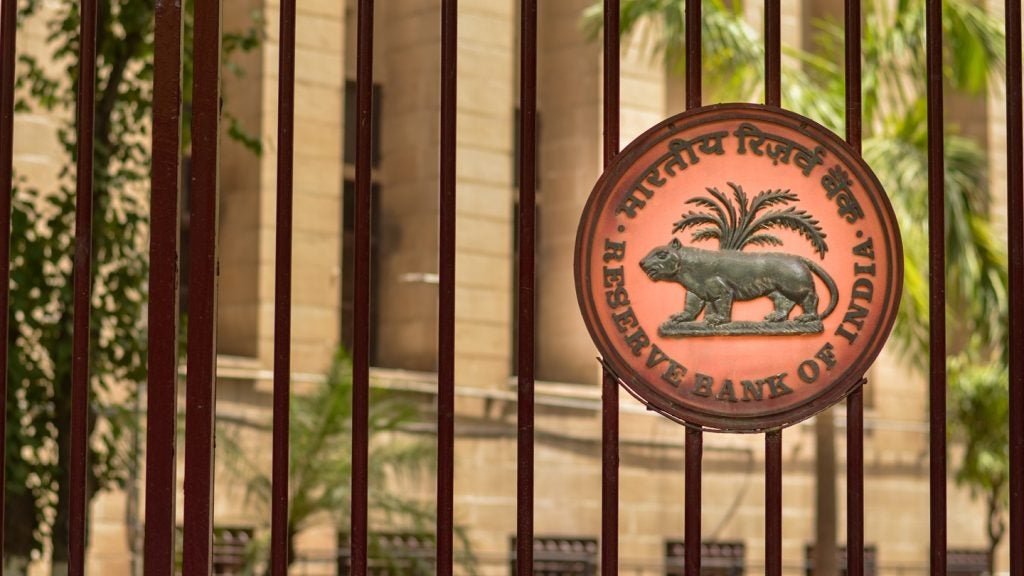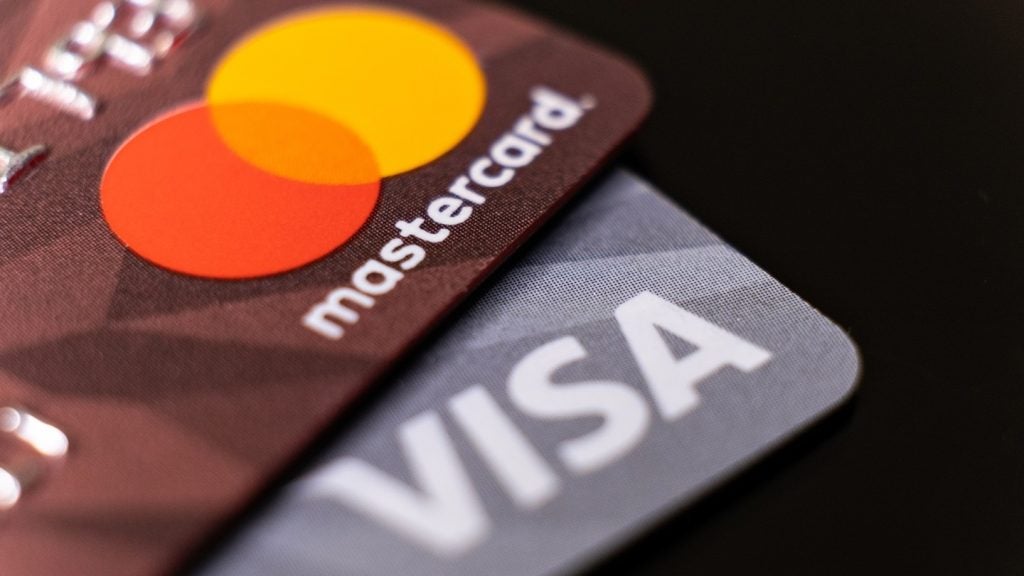There are more ways to pay than ever before. Cash, cards, mobile and all the variations of the above exist. So why to people tend to stick to an old favourite? Are consumers even aware of the options available to them? Patrick Brusnahan reports
What every consumer appreciates in convenience. As the CEO of Vocalink, Paul Stoddart, states: “The most valued aspect of any payment method – card, e-wallet, cash etc. – is convenience. They like and value the growing choice they have, but fundamentally it is dependent on what method offers them the most convenience.”

Access deeper industry intelligence
Experience unmatched clarity with a single platform that combines unique data, AI, and human expertise.
Vocalink’s report, The State of Pay, focuses on this aspect of the payments sphere. The main takeaway is that there is still work to be done.
According to the report, 50% of people tried to pay with a smartphone, up from 31% in 2015. However, 20% have tried utilising mobile payments and have not used it since.
This is perhaps down to the fact that it takes effort for people to change their habits. 49% of respondents said ‘it takes a lot to make me change how I pay for things’.
Speaking to EPI, Mark Colleran, senior customer research and insight manager at Vocalink, explains: “From our workshops, the feedback we got is that many current payment types already work and fit the needs of consumers, i.e. the speed and convenience of contactless or the control cash offers. New payment methods needs to showcase further benefits, such as added security or an even more seamless experience in order to change their payment behaviour.

US Tariffs are shifting - will you react or anticipate?
Don’t let policy changes catch you off guard. Stay proactive with real-time data and expert analysis.
By GlobalData“Currently, many new payment types, start as either a ‘Plan B’ or are used in one specific use case i.e. ‘I’ve forgotten my wallet, therefore I’ll use my phone’ or ‘I was out on a run and needed a drink, so used my smartwatch to pay’. It is these repeated experiences that will start to change the way in which consumers choose to pay as they get more familiar with these new methods.
“Further education from payment providers and banks can aid this process as consumers trust these bodies to provide them with recommendations – we found 70% of UK consumers trust their bank to recommend payment products and services.”
Apps
Something faring better in 2017 is mobile banking apps. 52% of consumers now use mobile banking apps compared to 38% in 2015. The most common use case is balance enquiry, which is utilised by 35% of consumers, followed by transferring money between accounts or to another person at 33% and 32% respectively.
One in three consumers now uses mobile banking to make and receive payments. This has seen a sharp rise in usage especially in bill payments. Only 3% used mobile banking to pay bills in 2015 but now 23% do it regularly.
Colleran says: “Convenience has played a huge part in the increase in banking app usage but that isn’t the full story. From the ‘State of Pay’ workshops and the quantitative data, we have seen that the mobile banking app can be the bedrock of the way people manage their finances.
“The banking app was a natural extension of online banking which people were/have been familiar with for some time and the banks have made a conscious effort to encourage the use of banking app across their channels educating their customers in the process.
“Finally, even the way the majority of mobile banking apps are now accessed through biometrics make them easier to access and may have addressed previous security concerns.”
Biometrics are now well in the mainstream. With many smartphones utilising biometrics, the hardware is no longer a piece of super-expensive futuristic kit. Everyone has one in their pocket.
While fingerprint is the main form of biometrics utilised at the moment, Colleran thinks that this situation will chance.
“As with fingerprint identity, when other forms of biometrics become available to consumers, either via mobile phones or at a point of sale, this will become the new normal,” he adds.
“We feel that facial and voice recognition will be next, following the popularity of digital assistants and the latest mobile phone updates. With 1 in 4 saying that eye scanning would be the most secure to access mobile banking, we can see that the appetite is there for further developments in biometrics that perhaps wasn’t there in 2015.”
This should aid consumers’ main concern with alternate payments; security.
Colleran concludes: “Security can be a pain point for some, for example 45% of those who don’t make mobile payments say that ‘it doesn’t feel secure’.
“For others, there are more emotional obstacles to overcome – 1 in 3 said they would avoid using payments technology as ‘I would be embarrasses to get wrong at point of sale’.
“Lastly, over half agreed that they don’t make payments using their phone as they are concerned that ‘it wouldn’t work at the moment of truth’. This emotional obstacle seems to be most prevalent in the UK.”







